Samuel Florman - The Aftermath
Here you can read online Samuel Florman - The Aftermath full text of the book (entire story) in english for free. Download pdf and epub, get meaning, cover and reviews about this ebook. City: New York, year: 2001, publisher: Thomas Dunne books, genre: Science fiction. Description of the work, (preface) as well as reviews are available. Best literature library LitArk.com created for fans of good reading and offers a wide selection of genres:
Romance novel
Science fiction
Adventure
Detective
Science
History
Home and family
Prose
Art
Politics
Computer
Non-fiction
Religion
Business
Children
Humor
Choose a favorite category and find really read worthwhile books. Enjoy immersion in the world of imagination, feel the emotions of the characters or learn something new for yourself, make an fascinating discovery.
- Book:The Aftermath
- Author:
- Publisher:Thomas Dunne books
- Genre:
- Year:2001
- City:New York
- ISBN:0-312-26652-9
- Rating:5 / 5
- Favourites:Add to favourites
- Your mark:
- 100
- 1
- 2
- 3
- 4
- 5
The Aftermath: summary, description and annotation
We offer to read an annotation, description, summary or preface (depends on what the author of the book "The Aftermath" wrote himself). If you haven't found the necessary information about the book — write in the comments, we will try to find it.
The Aftermath — read online for free the complete book (whole text) full work
Below is the text of the book, divided by pages. System saving the place of the last page read, allows you to conveniently read the book "The Aftermath" online for free, without having to search again every time where you left off. Put a bookmark, and you can go to the page where you finished reading at any time.
Font size:
Interval:
Bookmark:
Samuel C. Florman
THE AFTERMATH
A Novel of Survival
for Hannah, Lucy, Sylvie, Julia, and Rachel
FROM THE JOURNAL OF WILSON HARDY, JR.
When the comet struck, I was on a cruise with my father. It may sound ludicrous, irresponsible even, to be off on a cruise when the world blows up, but how else can I put it? Thats the way it was, just a year ago tomorrow, a date for the history books yet to be writtenif we ever print books againDecember 25, 2009.
Can you imagine the world being destroyed on Christmas? In olden days, when children hung stockings by the fireside expecting presents from St. Nicholas, some parents would fill the stockings of naughty kids with coal to teach them a lesson. Maybe thats what has happened to the human race. Some lesson!
But then why, you might ask, wasnt I incinerated, pulverized, or drowned with the rest of the human race? I guess everyone who survived has been wondering the same thing. How many of us are there? About twenty-five hundred from the cruise shipfifteen hundred passengers and roughly one thousand crewplus approximately twenty-five thousand people who were already residents of (he place in which we find ourselves. That is not very many out of a world population that had recently passed seven billion.
As for the Event, the odds against it ever happening in the first place are even more remarkable. The experts used to say that the chance of encountering a comet or an asteroid ten kilometers widelike the one that hit near the Yucatan peninsula sixty-five million years ago, supposedly killing off the dinosaurs and two thirds of all other specieswas once in a hundred million years.
Not only was last years comet larger than that infamous monster, but it was the second such projectile to come hurtling toward the earth in just two years. It makes you think that someone, or something, out there was not happy about what was going on here.
When I say out there, I should really say way out there, because thats where comets come froma far, far, almost unimaginably far distance. Like many people, I used to confuse comets with asteroids; but, as I now know only too well, theyre very different things. An asteroid is a solid piece of rock, sort of like a small planet. It travels around the sun in nearby circles and we can keep an eye on iton them, for there are many thousands. A comet is more mysterious, coming from the outer reaches of the solar system, beyond the planet Pluto, formedso the astrophysicists tell usin a remote molecular mist called the Oort cloud.
How and why these strange entities are formed, nobody really knows. But once they take shape and start to move, they are gravitationally bound to the sun. Unlike planets and asteroids, however, they travel in extremely elongated orbits, disappearing from our view for years at a timefor centuries at a time. Some of them are familiar to uslike our good friend Halley, who shows up every seventy-five to eighty years, and whose comings and goings we can calculate with great accuracy. But others can appear at any moment, coming from any direction, and usually going undetected until they are practically upon us. I remember back in 1996, when I was in elementary school, the comet Hyakutake was first sighted less than eight weeks before it passed by the earth. Less than eight weeks! And then it came within nine million miles of the eartha tenth of the distance between the earth and the sunpractically a stones throw in cosmic terms.
Studies have shown that the nucleus of a comet consists of sand and small bits of rock, embedded in ice, mostly frozen water, but also frozen gasses such as carbon dioxide, methane, and ammonia.
As this dirty snowball enters the central part of the solar system, the suns heat vaporizes some of the ices, creating the spectacular coma, or tail. A big asteroid can do just as much damage as a big comet. But the comet, vividly aglow like an avenging angel, has a more fearsome aspect.
Yet, when I think back to before the Event, fear hardly entered the picture. That may seem hard to believe. But the first comet was handled so effectively, with near-pinpoint nuclear blasts, that it looked as if the problem was nicely under control, now and forever. The technique had been worked out carefully, first in computer modeling, then in testing with nearby asteroids. The concept was simple enoughjust a slight nudge to a charging assailant, sort of a technological judo maneuver. But the geometry of interception had to be exact, the timing had to be exquisitely precise, and the power of the bombs had to be increased far beyond anything previously employed.
Early in the new millennium, the U.S. Congressat the request of a new president and with months of political debate and horse tradinghad authorized the Department of Defense, NASA, and the Department of Energy to proceed on a crash program of intercept technology, using ion propulsion rockets, massive new computers, improved radar and lasers, and radically new techniques for nuclear explosion. One feature of the new methodology was to use the neutron flux from the bomb explosion to heat a portion of the surface of the intruder. The suddenly heated surface layer would blow away from its home sphere, generating a powerful recoil. This, plus the force of the nuclear blast itself, would achieve the desired change in direction. Until it all worked with a genuine threat, a certain amount of trepidation was inevitable. But, with that first comet, everything functioned perfectly. It was, as they say, a piece of cake.
When the time came, the Americans and the Russians each sent two nuclear bombs out into space and exploded them together near the monstrous mass, nudging it to one side, sending it harmlessly off on a slightly altered course. One bomb would have done the trick, but using four was part of an elaborate fail-safe program. It also provided a political and public relations bonanza for the governments of both nations, along with acclaim for the engineers, scientists, and military leaders who led the effort.
When the second comet was sighted a few months later, there was hardly any public anxiety at all, merely anticipation of another exciting media event. Our cruise was already planned, and there wasnt any discussion about canceling it. On our luxury ship we would be able to get all the news via television and the wireless Internet, and thus not miss any of the excitement.
A few people in our group, members of the American Institute of Aeronautics and Astronautics, had to drop out because of their work with NASA, both as full-time employees and as consultants. Although the methodology for diversion of comets and asteroids was now established and tested, the agency nonetheless wanted all its people on hand. Nobody else on the passenger list thought that there was even the remotest reason to change plans.
* * *I guess I havent mentioned that our cruise was being held to commemorate the thirtieth anniversary of the American Association of Engineering SocietiesAAESwhich meant that many of the fifteen hundred passengers were engineers of one sort or another. To be more specific, about six hundred of the passengers were engineers, the other nine hundred spouses, significant others, and children of engineers. Thats where I come in.
Call me Ishmael. No, Im just kidding. My name is Wilson Hardy, Jr.known to friends as Wil, with a single Land I was born and raised in Atlanta. But when I think about bearing witness to an appalling disaster, I cannot help but think about Melvilles great American novel, and Ishmael: the survivor as narrator. We were discussing Moby Dick in a graduate school seminar at Georgia Tech, just before I left for Christmas vacation last year. Actually, I left Atlanta several days early in order to go on the cruise. I was worried about falling behind in my work. Thats a laugh. I guess I wont have that Ph.D. to hang on the wall. In fact, Im lucky to have a wall
Font size:
Interval:
Bookmark:
Similar books «The Aftermath»
Look at similar books to The Aftermath. We have selected literature similar in name and meaning in the hope of providing readers with more options to find new, interesting, not yet read works.
Discussion, reviews of the book The Aftermath and just readers' own opinions. Leave your comments, write what you think about the work, its meaning or the main characters. Specify what exactly you liked and what you didn't like, and why you think so.

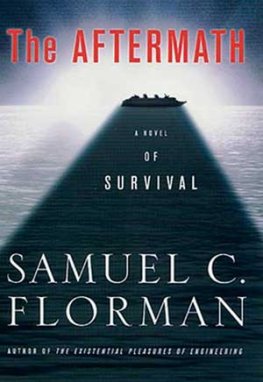
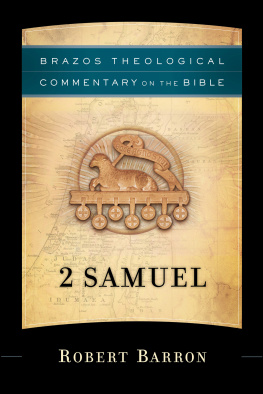


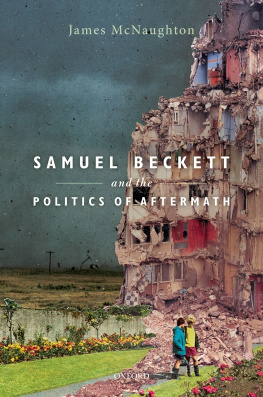
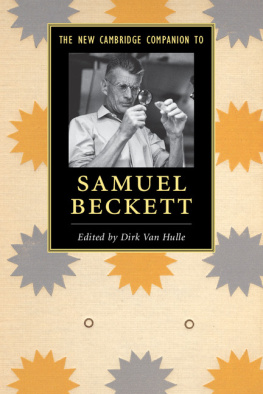
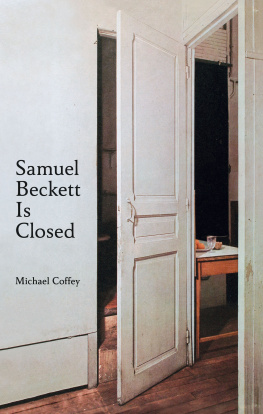

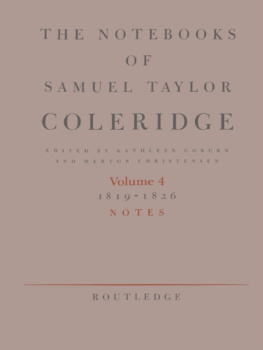
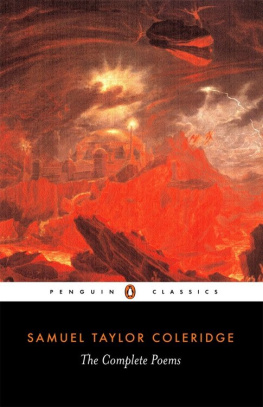
![Samuel Beckett [Samuel Beckett] - The Complete Dramatic Works](/uploads/posts/book/72751/thumbs/samuel-beckett-samuel-beckett-the-complete.jpg)